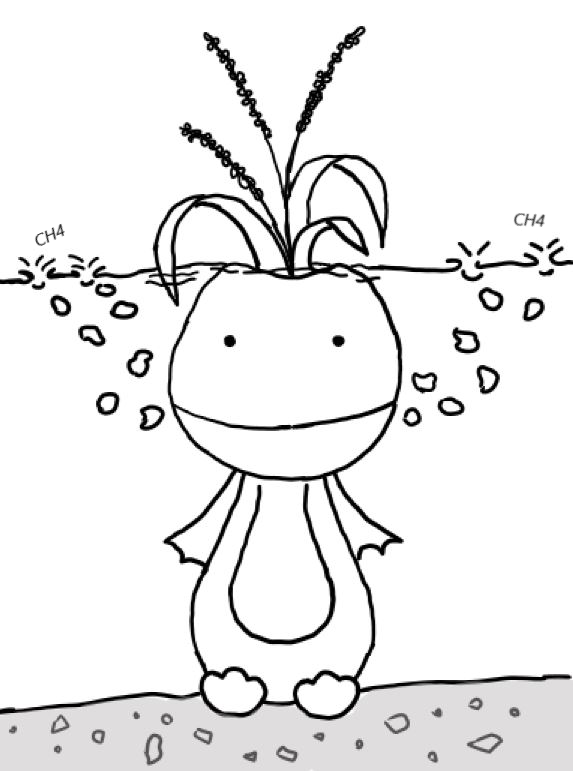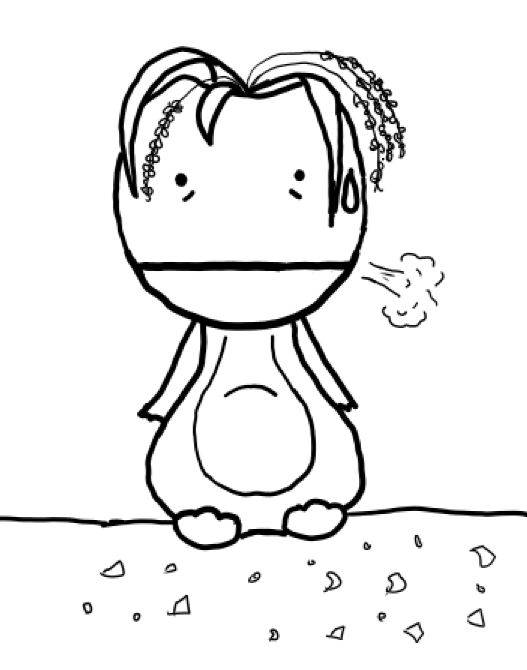AWD… And what’s that then?
The question that always follows the polite smile and nod from my family and friends when they ask what I’m doing in Vietnam!
Alternate wetting and drying, or AWD, is a practice in irrigation to reduce water inputs and GHG emission outputs in rice growing (Carrijo et al., 2017). Rice is a hugely important crop for food security, in Vietnam alone it is 77% of total agricultural land use (Nguyen et al., 2017). But it is a huge emitter of methane; a greenhouse gas that I am very familiar with from my past dissertation; which is 28 times more potent than carbon dioxide in its global warming potential (Myhre et al., 2013).

.
Now rice is conventionally grown submerged in water in paddy fields, very aesthetically pleasing but also a wonderfully anoxic home for some methanogens to thrive (these are bacteria that produce lots of methane gas which is released into the atmosphere). This leads to rice accounting for over 10% of global agricultural emissions on its own (Maraseni et al., 2018). My little character to the right here is perfectly content submerged in water, blowing out little bubbles of methane, but when it comes to climate change we are not happy with the emissions.
.
.

.
.
Take away the water, like in aerobic rice production, and the rice will not be happy (look at him he is miserable!); methane emissions may be almost completely cut out but crop yield will take a hit (Adhya et al., 2014).
.
.
.
.
So far IRRI’s AWD practice is the most promising method to reduce GHG emissions while also not negatively impacting crop yields. It is also known as intermittent irrigation, as rice fields are subjected to alternated wet and dry conditions through the growing season.

.
The alternation consists of flooding the field and allowing the water to subside, once the soil reaches a certain level of moisture (dry period) the field is reflooded (wet period) (Carrijo et al., 2017). This is done one or more times through the growing season, of which there are generally three in Vietnam (Kontgis et al., 2019; LaHue et al., 2016). The repeated interruption of irrigation to the crop allows water levels to decline below the soil level, reducing the amount of time anoxic conditions exist during the growth of a rice crop (Adhya et al., 2014). The crop receives enough water to meet growth requirements without permanent submergence in this practice (Vial, 2007).
.
.
The most practical implementation method for AWD is by using a field water tube (or ‘pani pipe’) to monitor the water level. Water depth should decrease post-irrigation, when the level drops to 15cm below the surface of the soil the field must be reflooded to about 5cm above the surface (IRRI, 2009). Our little friend is absolutely thriving and methane emissions can be slashed using this practice!
